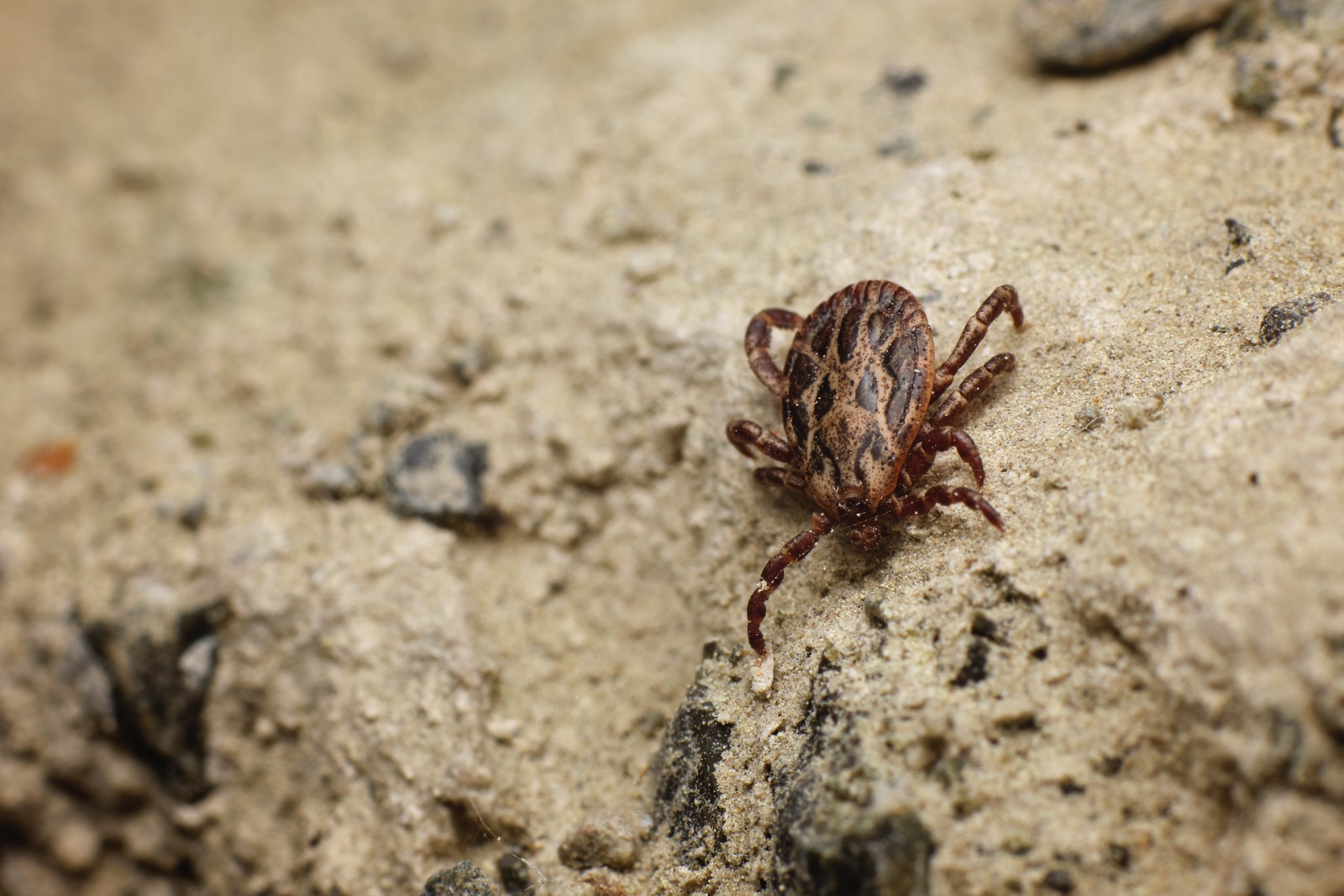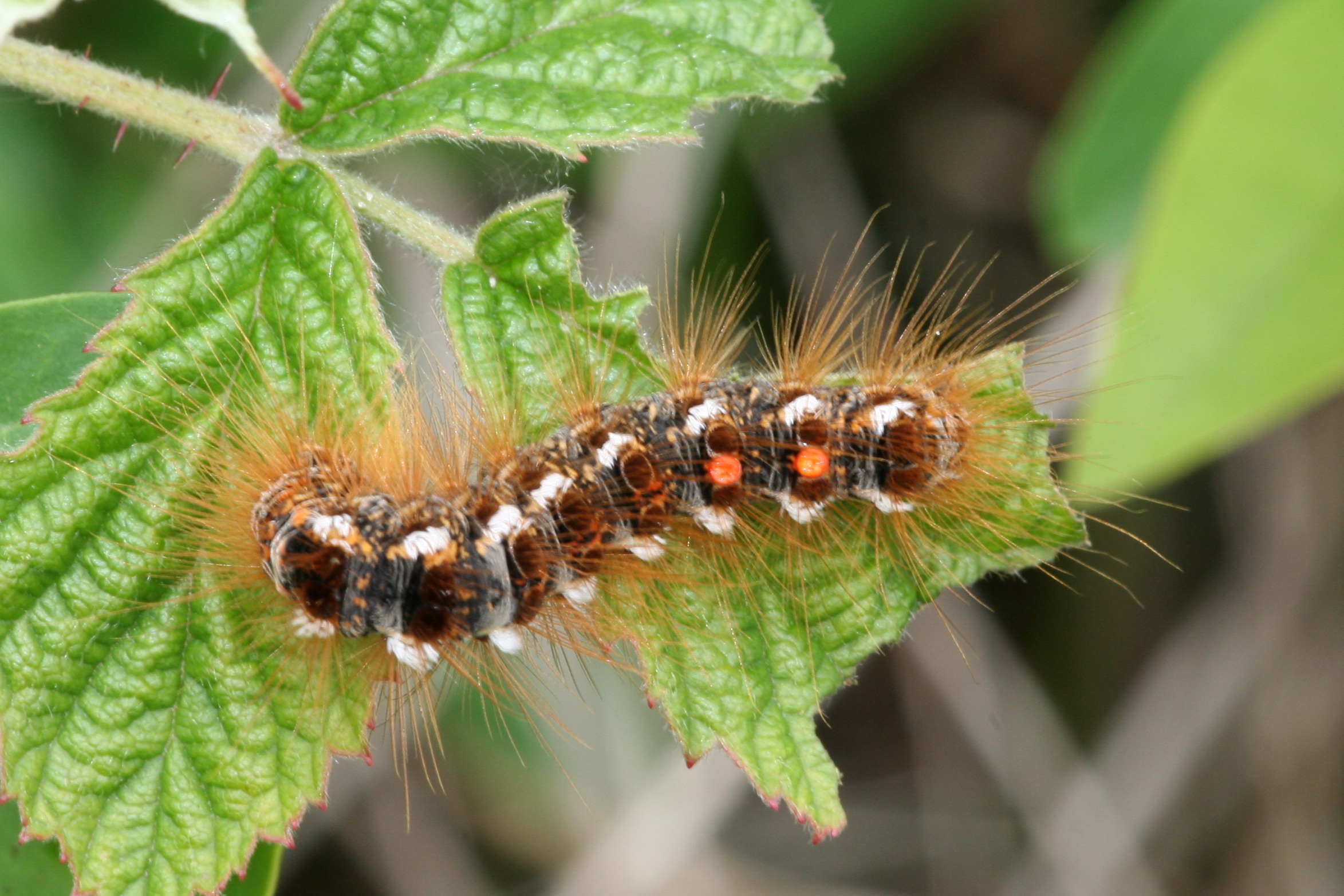Signs
A bite from a tick puts you at risk for Lyme disease. This is because the tick may be carrying a bacteria that can cause the disease. A tick is a very small insect, about one to three millimeters, and therefore easy to overlook. Ticks are found in shrubs, trees and grasses. And especially in the spring and summer period.
When a tick has just bitten someone, it looks like there is a black dot on the skin. Eventually, after a few days, ticks can become as big as a pea (by sucking up blood).

When do you contact a family physician?
If you are unsuccessful in removing the tick, contact your family doctor. Also contact your family doctor if in the first few months after the tick bite:
- A red spot appears on the skin that grows larger and larger;
- A flu-like feeling develops with fever and muscle pain;
- you start to see double or get a crooked face;
- you experience pain, loss of strength or tingling in your limbs;
- joint problems arise.
Prevention is of course better than cure. If ticks are active, make sure you go out into nature well prepared.
Bastard satin caterpillar
On our South Holland coast we have been familiar for years with the nuisance that the bastard satin caterpillars give people. These caterpillars of the bastard satin butterfly overwinter in the branches of, for example, sea buckthorns and in summer they migrate en masse to the beach.
When you come into contact with the fire hairs of the bastard satin caterpillar, you may experience symptoms such as skin irritation, itching, red rashes, and eye and respiratory irritation.
What you can do is not rub and strip the skin with tape immediately after exposure, then rinse well with lukewarm water. Include your eyes as well. Your clothes that you have on are best washed immediately at 60 degrees.

